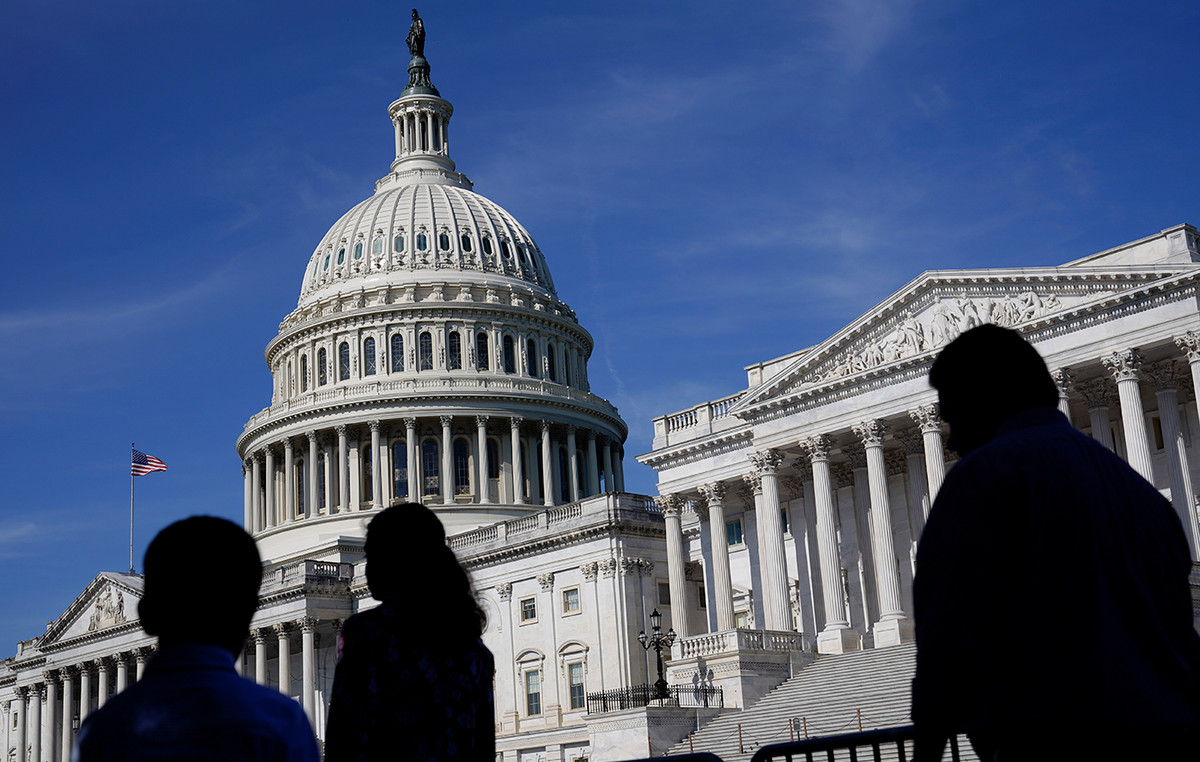Canadian employment data for June will be released by Statistics Canada on Friday, July 7 at 12:30 GMT and as the release time approaches, here are the forecasts from economists and researchers of five big banks in relation to the next employment figures.
The US economy is expected to have added 20,000 jobs, compared to -17,3,000 in May, and the unemployment rate to rise to 5.3%. For its part, the participation rate would remain stable at 65.5%.
TDS
We expect employment to increase by 25,000 people, with which the unemployment rate would remain stable at 5.2%. Services should boost hiring, while wage growth is expected to fall 0.6% to 4.5% yoy.
RBC Economics
We continue to expect an employment increase of 20,000 people in June. But with population growth also on the rise, this won’t be enough to prevent another spike in the unemployment rate to 5.3%.
NBF
After a slight decline the previous month, we expect job creation to have resumed in June. But a forecast increase of 20,000 jobs might not be enough to prevent a further rise in the unemployment rate in a context in which the active population is growing at a strong pace. In fact, we expect the unemployment rate to increase from 5.2% to 5.3%, assuming that the activity rate rises one tenth to 65.6%.
CIBC
We expect a modest rebound of 20,000 in June which, with a slight recovery also in participation, would keep the unemployment rate stable at 5.2%. Wage growth may have slowed slightly but will have held firm at around 5% yoy. Hours worked have started to lag the employment trend recently, partly because excess hours lost to illness have risen again, and that trend may have continued into June. Although a rebound in June could be enough to keep the unemployment rate from rising further, the underlying trend in the labor market appears to be weakening further. We continue to expect job growth for the remainder of the year to lag the rapid population growth, bringing the unemployment rate to around 6% by the end of the year.
citi
We expect employment to pick up modestly by 15,000 in the June labor force survey, the last key release before the BoC’s July rate decision in a few weeks. The May employment data was likely affected in part by some seasonal adjustment and technical issues, as the decline was entirely in self-employment and was matched by a similar decline in self-employment. own in the US household employment survey as well. This suggests the possibility of some common problem that could be affecting the two similar data sets in both countries in May and is unlikely to be repeated.
Source: Fx Street
I am Joshua Winder, a senior-level journalist and editor at World Stock Market. I specialize in covering news related to the stock market and economic trends. With more than 8 years of experience in this field, I have become an expert in financial reporting.







